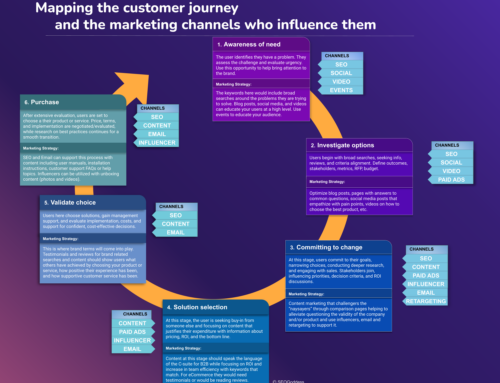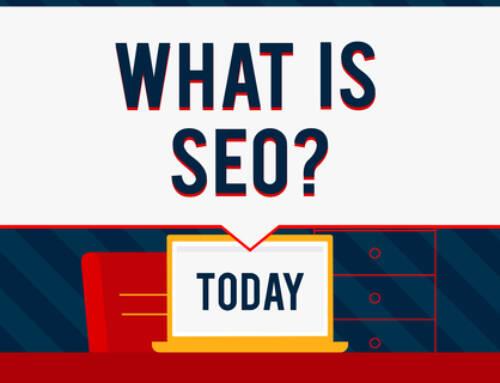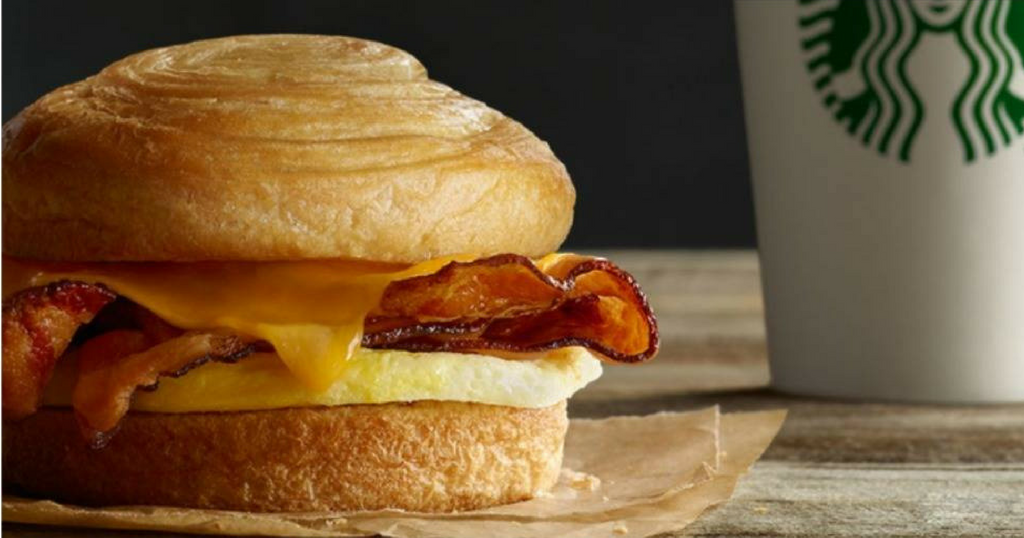Google is the most popularly used search engine in the world, but the company keeps a close lid on the algorithm that it uses to determine where a page ranks. While a high keyword density once sent pages soaring to the top of the page, Google later ranked pages higher based on a smaller keyword density. As a website owner, you can try hundreds of different strategies until you are blue in the face without seeing your page rank move an inch. The secret to getting more viewers to look at your page might involve improving your sitelinks.
What are Sitelinks?
Sitelinks are essentially links to different pages on one website. If you search Google for a specific company, the company’s website should come up as the first result. If you look closer at the results, you’ll notice multiple pages listed underneath the link to the main page.
Google Makes Changes
As it did with other strategies, Google recently changed the way that it created sitelinks. You can now create your own sitelinks. This means that you can list pages under your main page that you want viewers to click on. Google claims that the click through rate on those links is higher than the click through rate found on other links. While your landing page was once the most important part of your website, you can now use sitelinks in the same way that you would the landing page.
What is a Landing Page?
A landing page is the very first page that a viewer sees when that person visits your website. Your landing page should contain a variety of links that direct viewers to other areas of the site. For example, if you sell school uniforms, you want to include links that direct customers to specific types of clothing, clothing available in specific sizes and clothing for different genders. The more information that you put on that landing page, the more your customers can learn about your business.
Updating Sitelinks
With Google’s new process, you can update your search engine results for SEO to include sitelinks of your own choosing. You need to enter the URL of that page, name the link and describe the link. You can choose local pages on your website like our Bellevue SEO, or your about, contact, etc. The more powerful your description is, the more likely people will be to click on that link. If you see vitamin supplements, you might include sitelinks to a clearance section on your site, a free shipping offer or a feature that lets shoppers find stores in their area.
After the Click Through
No matter how strong your descriptions are and how well your sitelinks read, you still need to focus on the click through. The page views that your site gets means nothing if people don’t remain on that site. Whether you sell products yourself, use ad capsules or rely on Adsense, you want to provide people with something that they cannot find anywhere else on the Internet. When you use your site to sell products, you need to include a few articles or reviews relating to those products. The stronger your website is, the more people will want to make purchases through you, read the article you provide and return to your page in the future.
Google now gives you the chance to create your own sitelinks, which appear below your home page in your search engine results. As much as those sitelinks can help, you also need to provide an experience on your page for those who click your links.
The Story of the SavetheBreakfastSandwich.com Website
The Starbucks Breakfast Sandwich In January of 2008, I was gainfully employed with one of the many technology corporations based in Redmond, WA (No it wasn't Microsoft). It was Concur Technologies, [...]
SEO Checklist – Focusing on Social Media
As some of you know I teach a beginner to advanced SEO Workshop. One of the most asked for items in my talk is the SEO Checklist I have developed just [...]
Building a Social Media Community
The staff at Jenn Mathews Consulting use a system for social media marketing called the A.L.I.V.E. system. A majority of our clients have created their Facebook page and Twitter account, but [...]











